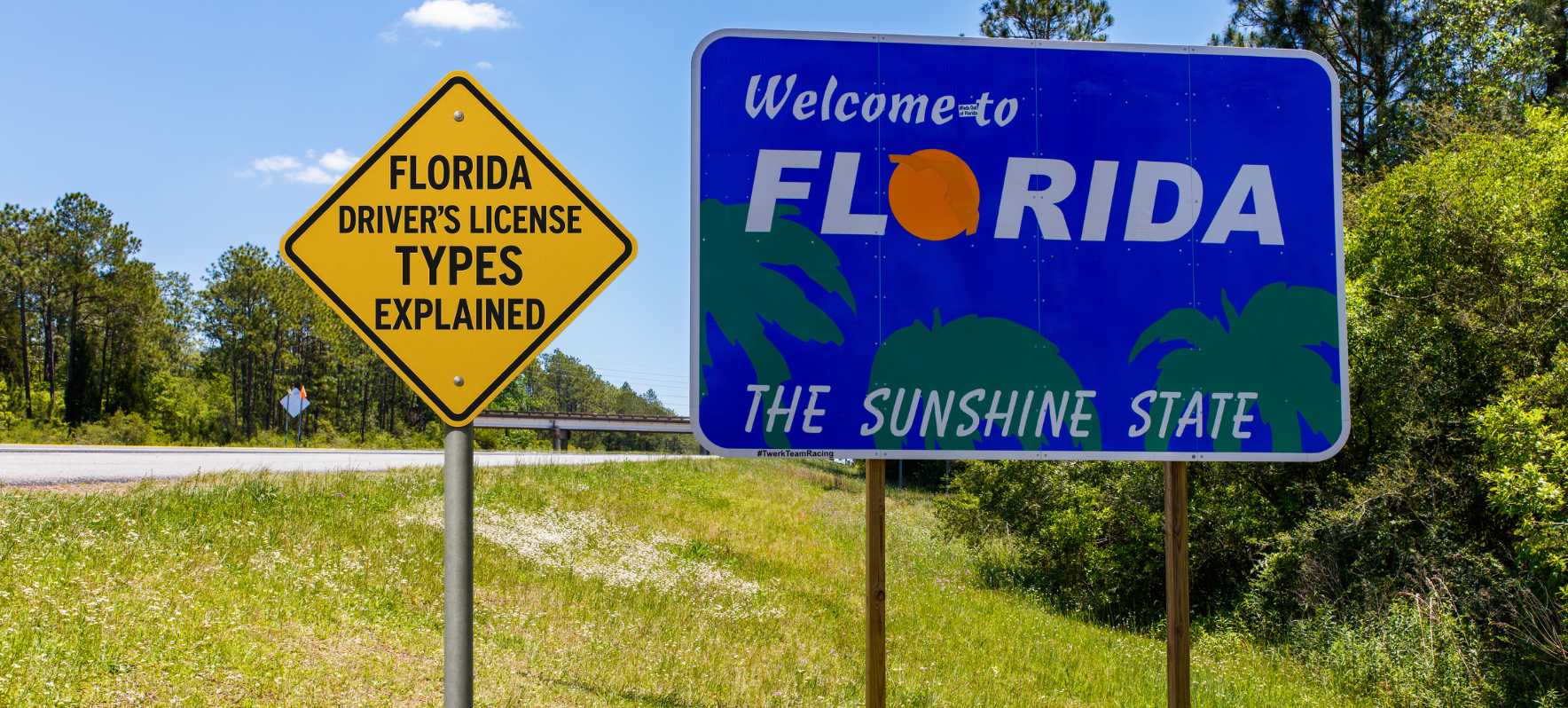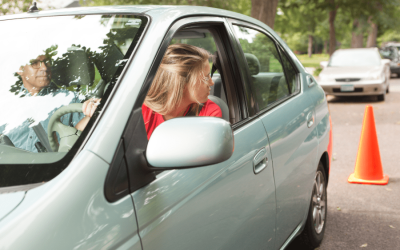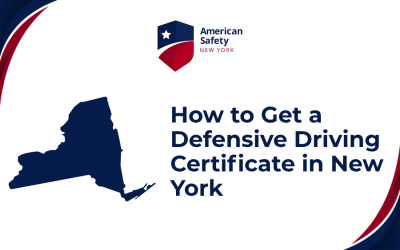Florida Drivers License Comparison Chart
Florida Driver’s License Comparison Chart
| License Type | Age | Vehicle Type | Key Restrictions |
|---|---|---|---|
| Class E | 16+ | Cars, SUVs, small trucks | Standard driving |
| Learner’s Permit (Class E) | 15+ | Passenger cars | Daylight only first 3 months; until 10 PM after 3 months; licensed driver 21+ in front seat |
| Motorcycle Endorsement | 16+ | Motorcycles 50cc+ | Complete Basic RiderCourse; endorsement added to Class E |
| CDL Class A | 18+ (21 for interstate) | Tractor-trailers, combination vehicles | Medical certification required |
| CDL Class B | 18+ | Straight trucks, large buses | Passenger or Hazmat endorsements possible |
| CDL Class C | 18+ | Hazmat or 16+ passengers | Passenger or Hazmat endorsements required |
| ID Card | Any age | N/A | No driving privileges |
Florida issues several types of driver’s licenses depending on age, driving purpose, and vehicle type. Whether you’re a teen applying for your first learner’s permit, a commercial driver operating a semi-truck, or a retiree renewing your license, this guide breaks down everything you need to know about Florida driver’s license types.
Types of Drivers Licenses in Florida
Florida offers multiple categories of driver’s licenses and endorsements to cover a wide range of drivers and vehicles. Each license type has its own eligibility requirements, testing standards, and restrictions. From the standard Class E license most residents use, to commercial CDLs and motorcycle endorsements, understanding the differences helps you know exactly which license applies to your situation.
This guide covers:
– Standard Class E licenses and learner’s permits
– Motorcycle endorsements and training requirements
– Commercial licenses (Class A, B, and C)
– Identification cards and specialty licenses
– Updates and renewal requirements, including digital ID options
Standard Florida Driving Licenses
Class E Drivers License (Most Common)
Who needs it: Any Florida resident who drives a non-commercial vehicle under 26,001 pounds GVWR.
Examples: Cars, pickup trucks, SUVs, and most vans.
Requirements:
– Vision test
– Knowledge exam (if applying for the first time)
– Driving skills test (for new drivers without a learner’s permit)
– Proof of identity, Social Security number, and Florida residency
Expiration: Generally 8 years for drivers under 80.
Class E Learner’s Permit
Eligibility: Must be at least 15 years old.
Restrictions:
– First 3 months: driving only during daylight hours
– After 3 months: may drive until 10 PM
– Must always drive with a licensed driver (21+) in the front passenger seat
Graduated Licensing: Must hold learner’s permit for 12 months (no traffic convictions) before upgrading to full Class E license.
Motorcycle Endorsement
Who needs it: Anyone operating a two- or three-wheel motorcycle with more than 50cc engine.
Requirements:
– Completion of the Basic RiderCourse (BRC)
– Motorcycle endorsement added to Class E license.
Florida Commercial Driver Licenses (CDL)
CDL Class A
Vehicles covered: Combination vehicles (tractor-trailers, semi-trucks) with a GVWR of 26,001+ pounds.
Typical drivers: Long-haul truckers, freight transport.
CDL Class B
Vehicles covered: Single vehicles with a GVWR of 26,001+ pounds.
Examples: Dump trucks, straight trucks, large buses.
CDL Class C
Vehicles covered: Vehicles transporting hazardous materials or 16+ passengers.
Examples: Hazmat trucks, shuttle buses.
Note: CDL drivers must comply with federal REAL ID requirements and maintain valid medical certification.
Specialty Licenses and IDs
Identification Card (Non-Driver ID): Available for any Florida resident needing official ID but not driving privileges.
Temporary Permits: Issued in special cases such as pending residency or while awaiting replacement.
Military Licenses: Active duty members may retain out-of-state licenses if stationed in Florida.
Renewals and Updates
REAL ID compliance: All Florida driver’s licenses and ID cards are REAL ID compliant. Look for the gold star in the upper right corner.
Online renewals: Many Class E drivers can renew online through the Florida Highway Safety and Motor Vehicles (FLHSMV) portal.
Senior drivers (80+): Must pass vision test with each renewal (every 6 years).
Digital ID pilot program (2025 update): Florida continues rolling out optional digital driver’s licenses accessible via smartphone apps.
Steps to Get a Florida Driver’s License
1. Prepare required documents (proof of identity, Social Security, residency).
2. Apply online or at a FLHSMV office.
3. Complete vision, knowledge, and skills exams as needed.
4. Pay applicable fees.
5. Receive your physical or digital license.
Resources for Florida Drivers
Florida Highway Safety and Motor Vehicles (FLHSMV)
REAL ID Information
Driver License Handbook





